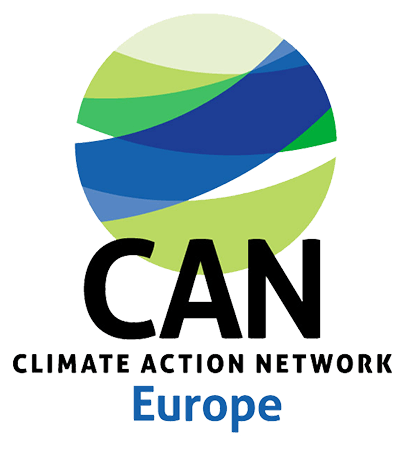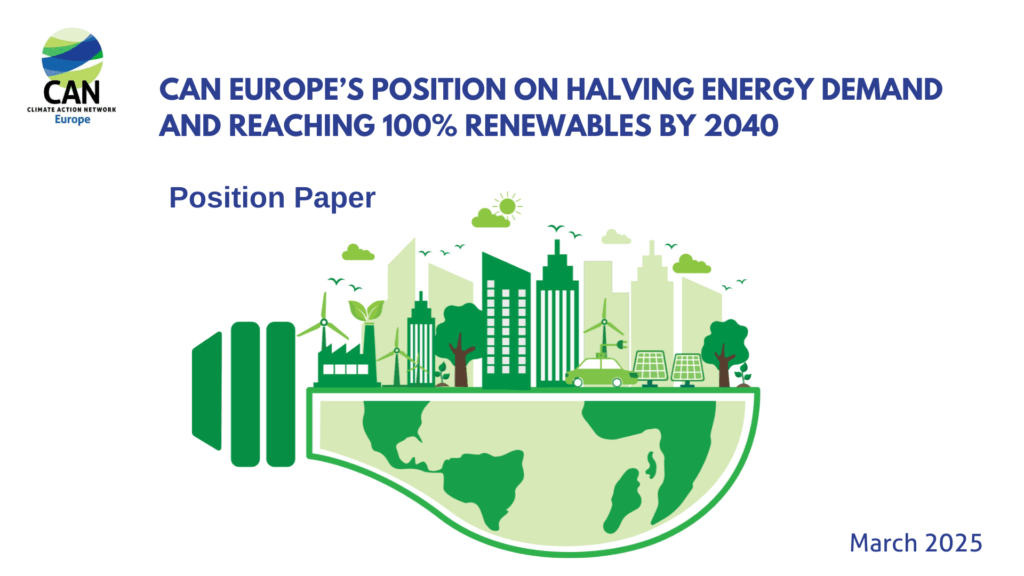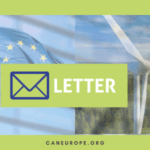The world and Europe is heavily impacted by climate change. Exceptional heatwaves, droughts, record-precipitation, flooding, storms and wildfires have had devastating effects on people and ecosystems, the economy and security. Without urgent climate action, we will be even more severely impacted in the years and decades to come. The IPCC Sixth Assessment Report shows that with more global warming, the risks of irreversible damage increases and the impacts of climate change and related loss and damages will intensify.
Faced with this threat of climate change, CAN Europe expects the EU and European countries to prioritise urgent climate action and implement the Paris Agreement’s ambition to limit temperature increase to 1.5°C above pre-industrial levels. This is also in line with recent iterations in the United Nations Framework Convention on Climate Change (UNFCCC). The European Scientific Advisory Board on Climate Change (ESABCC) underlined the need for the EU to accelerate climate action in the short and long term in order to get on a pathway consistent with the 1.5°C limit.
Cutting energy demand in half and reaching 100% renewables by 2040, as well as phasing out fossil fuels are required for the European Union’s (EU) energy system to align with the Paris Agreement goals. A full and strengthened implementation of the Energy Efficiency Directive (EED), the Energy Performance of Buildings Directive (EPBD) and the Renewable Energy Directive (RED), as well as significantly overshooting the currently set 2030 energy targets are key, also for the trajectory beyond 2030.
CAN Europe’s Paris Agreement Compatible (PAC) energy scenario shows how a fully renewable and efficient energy system can be achieved and how more ambitious energy targets for 2030 and 2040 can be reached. The PAC scenario’s executive summary provides detailed information on assumptions on energy demand and supply, as well as sustainable lifestyles. The full PAC report details the pathway for all 27 EU Member States and EU on an aggregated level.




